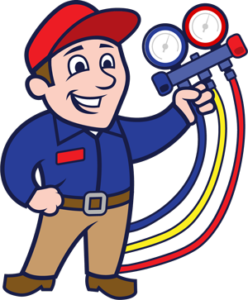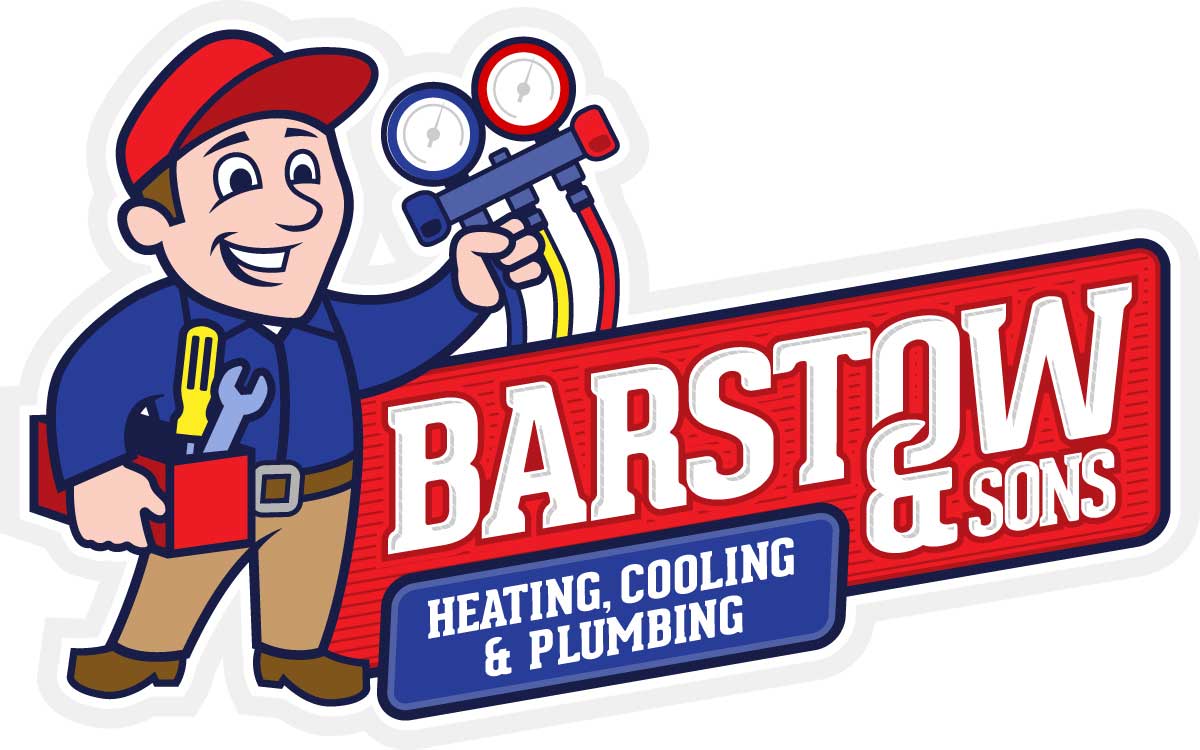What Size Mini Split Do I Need
The Benefits of Mini Splits
How much do you know about mini split air conditioning? A mini split air conditioner does not require ductwork, but uses and outdoor unit to condition the air that is then circulated throughout the house. There are many reasons to choose a mini split AC unit over a traditional HVAC system, because a mini split AC is easy to install, energy efficient, and provides zoned cooling. What’s more, the operating volume of a mini split is relatively low, and this type of AC is often controllable by smartphone or remote. This ease of use and versatility is what makes these air conditioners so popular.
The Importance of Proper Mini Split Sizing
When we talk about the size of a mini split, we’re referencing its ability to condition a certain area. This capacity to cool is measured in BTUs (British Thermal Units), and getting it wrong can be an expensive error. Mini splits use efficient inverter technology, but they still need to be able to handle the required load. If the system is too small, it will waster energy running continuously, yet fail to maintain the proper room temperature. If it’s too large, it will short cycle, turning off and on frequently, and wearing out more quickly than it should. What’s more, a large mini split is more expensive, and you won’t save money on energy costs if your mini split is working inefficiently. Are you confused and wondering where to start? If you’re asking yourself, “What size mini split do I need?” we’ve got the answers for you.
Determine the Square Footage
The first step in determining the size of mini split you need is deciding how much area you want to cool or heat. This is pretty straightforward. Just measure the room and reference the chart below to determine the size you need.
| 150 to 400 square feet | 9,000 BTUs |
| 400 to 550 square feet | 12,000 BTUs |
| 550 to 1,000 square feet | 18,000 BTUs |
| 1,000 to 1,250 square feet | 24,000 BTUs |
| 1,250 to 1,350 square feet | 30,000 BTUs |
| 1,350 to 1,500 square feet | 36,000 BTUs |
Other Factors to Consider
It would be nice if the size of the room was the only thing that mattered when you were sizing a mini split. However, this is not the case. However, there are many other elements that come into play.
- Environmental Factors: If you live in an area where the temperatures are often high, you will need to increase the BTUs of your mini split. As a general rule of thumb, if temperatures frequently rise above 90 degrees Fahrenheit, the BTUs must be increased by about 30 percent.
- Facts about the Room: How high is the ceiling? If your ceiling is high, you will need to increase your BTUS. A ceiling taller than eight feet needs 20 percent more BTUs. Consider how many windows are in the room, ae well as how exposed the walls, ceiling, and floor are, in determining whether you need to go up in BTUs.
- Construction Details: Expanding on room details, consider your wall materials, floor construction, ceiling shape, and insulation. All of these factor into your heat gains and losses. For example, if your room is poorly insulated, it will take more power to heat or cool it.
Help From the Mini Split Experts
If this all seems confusing, that’s ok. You can always ask for help from Barstow and Sons Heating and Cooling, where we understand all the ins and outs of ductless mini split installation. We’d love to help you figure out exactly what type of ductless heat pump and ductless air conditioner you need, to provide personal, room by room temperature control, with a cooling and heating option that’s not only flexible but will also save you money for many years to come.
Air Conditioning Service When You Need It
Whether you need to install a mini-split system, or your existing system is due for repair or routine maintenance, contact Barstow and Sons for help. A full-service heating and cooling service company, we’ve been providing high-quality service to customers throughout Anne Arundel County, Severna Park, Pasadena, and Annapolis since 1980. We’ve built a reputation for our dedication to excellence, and we’re here for our customers 24 hours a day, 7 days a week. Call (410) 777-9148 to learn more or contact us through our website.

